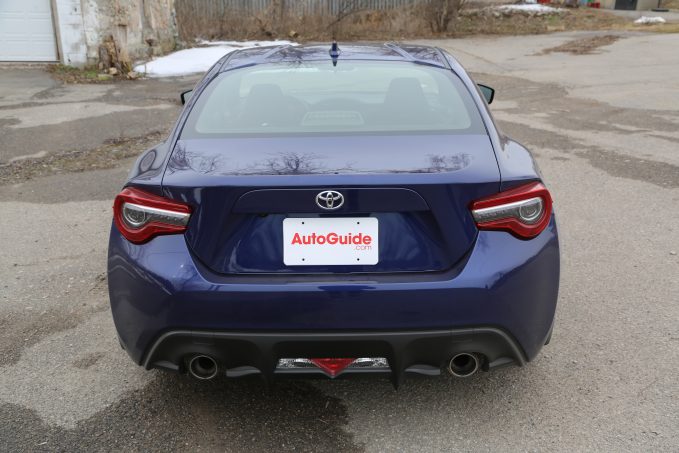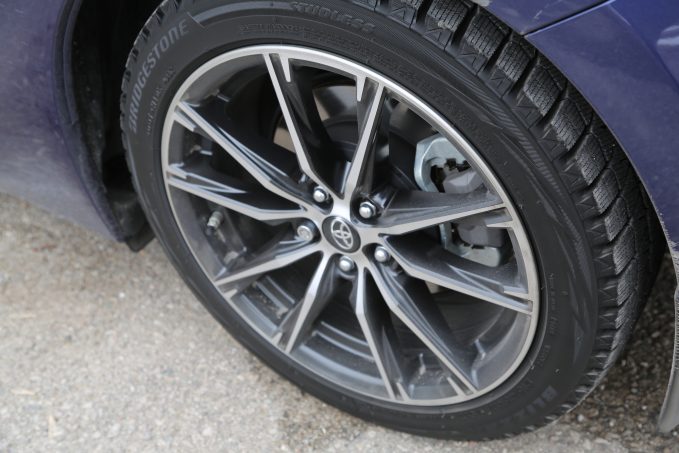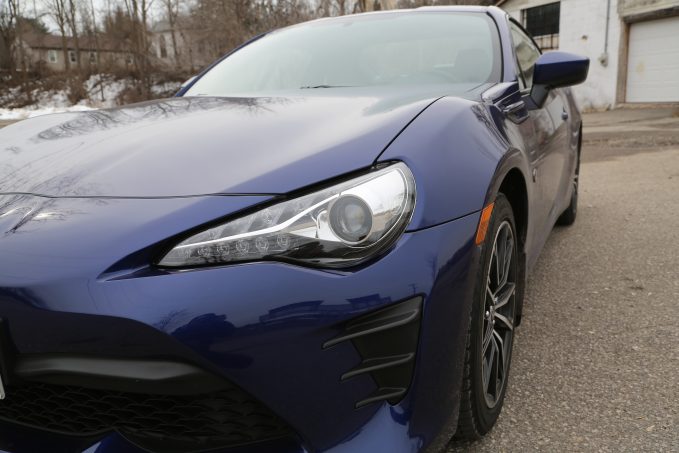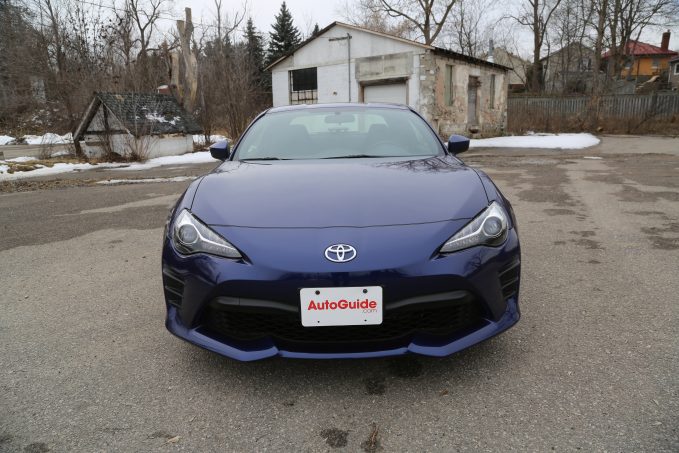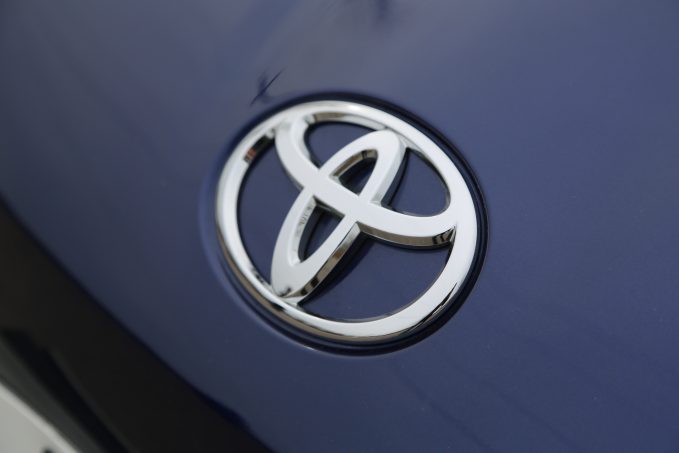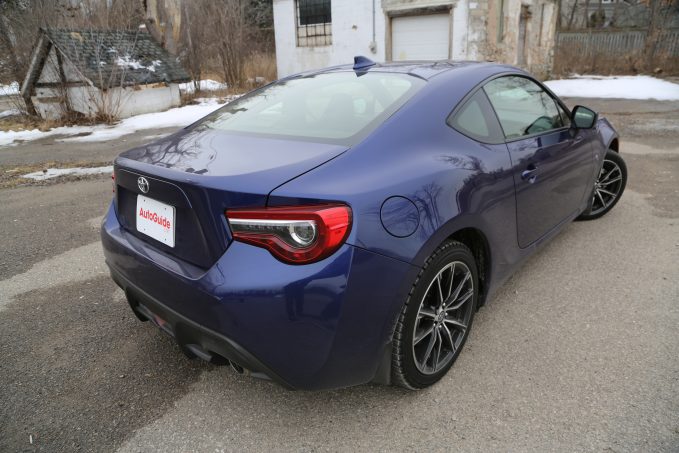About five years ago, Toyota and Subaru reintroduced the world to the world of affordable, lightweight, rear-wheel drive coupes. The Scion FR-S and Subaru BRZ were extremely hyped, with enthusiasts believing that sports cars were making a comeback in a world dominated by crossovers.
However, when it hit showrooms, and the test drives were issued, the cars ended up polarizing car fans rather than uniting them.
There were two camps. Those that truly understood that a lightweight with pure, uncompromised driving experience equals a real sports car. And then there were those that thought that speed, power and torque is what a sports car is truly about. Those in the latter camp were really disappointed by the Toyobaru twins, arguing that with just 200 horsepower and 151 lb-ft of torque, the car was lacking the get-up feeling of bigger coupes like Ford Mustangs or hot hatches like the VW GTI.
Those in the former camp didn’t care about the specs. The lightweight car was a throwback to sports cars of yesteryear. It was fun, agile and affordable. These enthusiasts bought the car and sales were strong right out of the gate.
But in the years since, sales have really dwindled for the coupe. With Scion closing up shop, the FR-S became a Toyota, now dubbed the 86. A refresh came along with the new name and the chance for Toyota to make some changes to address the criticisms that stopped buyers from dropping the money for this car when it first debuted half a decade ago. They could have made this the perfect sports car.
Sadly, Toyota really botched that opportunity.
Get the Flash Player to see this player.
More Power? Not really…
One of the biggest complaint with the Scion FR-S and Subaru BRZ was its lack of power. The new Toyota 86 (and the 2017 Subaru BRZ) have new power numbers, but it’s barely a bump, and not available to everyone.
There’s a redesigned intake and exhaust manifold design that results in a five horsepower boost that comes with five more pound-feet of torque. However, this change is only found on manual-transmission models. Another change for these self-shifting models includes a shorter final drive ratio that helps to marginally sort out another flaw from the earlier models: a noticeable lack of torque midway through the rev-range.
SEE MORE: 2017 Mazda MX-5 Miata RF Review
If you opt for an automatic model though, you get none of these changes. And nothing new. Read between the lines, and it seems like the manual model is the one to get, but the changes are so minuscule and don’t make a significant difference in the way the car drives. If you thought it was slow before, you’re not likely to have your mind changed in 2017.
Honestly, it’s a perception thing: the spec sheet says the car isn’t that powerful, but wind out the engine to its 7,400 RPM redline and it feels plenty quick. If you want to go fast you’ll need to shift gears often, which is more enjoyable with the manual transmission than the automatic.
Still lacks grip
On the flip side, the car’s light weight meant that it didn’t need a lot of power to be fun. The 2,700-2,800 lb curb weight also meant that the car was really a blast to throw around a track or winding road.
The suspension on the Toyota 86 has also been modified from its early days. The older setup involved softer front springs and stiff rear springs, but they’ve been revised to be a bit less harsh and prone to oversteer. The car is still responsive and fun to drive, but grip is lacking.
SEE MORE: 2016 MINI Cooper S Clubman vs Volkswagen Golf GTI
Still using the Michelin Primacy HP performance tires, this rubber features low rolling resistance, which makes them good on gas, but packs less grip as a result. This means the car can break grip and drift easily, which is fun, but not fast. As a result, it falls to the owner to swap out the tires for something stickier, which will also be quicker.
Exterior Personality
Swapping tires hasn’t been a big deal to owners of the old cars, and those passionate owners seem to be comfortable changing much more than just tires. Over the past five years, all kinds of visual modifications have been seen on the car, with funky headlights, taillights, body kits, spoilers and much more.
These changes should have inspired Toyota to get in on a piece of the add-on market, but they don’t offer any options, just the occasional special edition. Instead the car gets redesigned headlights and taillights, both of which feature flashy and bright LEDs. The wheels also have been redesigned with a more boisterous spoke design.
The front end also gets a new look, with a redesigned lower grille, but it comes across as a bit awkward, like a toothless animal or fish face. Calling it a mildly refreshed exterior is generous, as some critics previously thought the car wasn’t aggressive enough.
No Trims
As the Scion FR-S becomes a Toyota 86, there was the opportunity for the car to reach new audiences with different packaging. An interesting wrinkle from the Scion brand was that all of their vehicles came in one trim level. Instead, every year saw a special edition version of the car that included new features like automatic climate control, push-button start and heated seats. Instead of now offering a variety of features with the 86, Toyota carries on the mono-spec strategy from Scion, which is a bit of a let down since it could have made the car more upscale with more premium features like leather seats, or made the car more affordable by paring down the feature set.
Instead the car is still offered only one way, with the only option being the transmission choice. It still features manual HVAC controls (with unattractive knobs no less) but the cabin is slightly nicer than before with silver stitching in the seats and a suede-like material covering the dash.
More Expensive than Subaru
One final strange change to the car as it becomes the Toyota 86 is the pricing. When the Scion FR-S first debuted, it was $24,200 for a manual model. It was slightly cheaper than its Subaru twin, a car that featured a few slight exterior differences including LEDs and a different dash design. Now the car costs $27,120 despite really limited additions to the car. What’s more surprising is that the Subaru is $26,315, now making it the budget choice when it comes to fun, back-to-basics, rear-wheel-drive sports cars.
The Verdict: 2017 Toyota 86
Those complaints really are minor. The car is a bare bones sports car and one of the purest driving experiences you can get. There are really very few cars that deliver the raw feeling of driving joy that this car does.
There’s no doubt that the Toyota 86 is a blast to drive. But we’ve known that for the past five years. While Toyota didn’t stray from the original formula for the FR-S, it would have been interesting to see them attempt to address the criticisms of the original car, but they simply didn’t.







